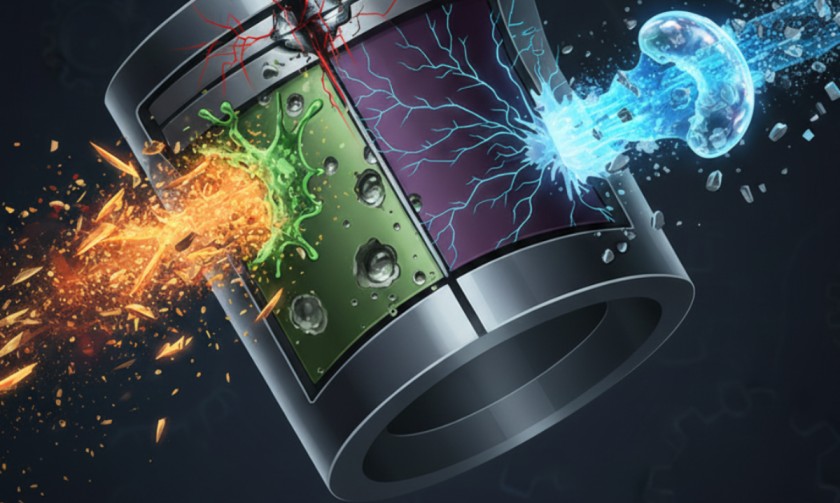
Cylinder liners play a crucial role in large marine diesel engines, such as the MAN B&W 6S35MC, by providing a durable surface for piston movement while maintaining compression and heat transfer. Despite their robust construction, cylinder liners are susceptible to wear over time due to mechanical, chemical, and operational stresses. Understanding the primary causes of wear can help marine engineers maintain engine efficiency, reduce downtime, and extend the service life of these critical components.
One of the most common causes of cylinder liner wear is inadequate lubrication. A proper oil film between the piston rings and liner surface is essential to prevent direct metal-to-metal contact. Insufficient lubrication, degraded oil, or incorrect viscosity can lead to scuffing and scoring, resulting in rapid wear. Contaminants in the lubricating oil, low oil pressure, or irregular oil feed can exacerbate this problem, accelerating liner degradation.
Abrasive contamination is another significant factor. Dust, ash, metallic particles, or combustion residues in the fuel, air, or coolant act like sandpaper on the liner surface. These contaminants create micro-grooves and increase surface roughness, leading to accelerated wear and reduced sealing efficiency of the piston rings. Proper filtration and clean operating conditions are critical to minimizing abrasive damage.
Poor combustion and chemical attack also contribute to liner wear. Incomplete fuel combustion produces acidic and abrasive by-products, while sulfur and other impurities in marine fuel form corrosive compounds that chemically erode the liner surface. Carbon deposits and soot accumulation further increase friction and can cause ring sticking, which amplifies wear.
Thermal stress and distortion occur when uneven engine temperatures or cooling system failures induce ovality or taper in the bore. The top reversal area, subjected to peak temperatures, is particularly vulnerable. Thermal fatigue can lead to micro-cracks and surface breakdown, reducing liner integrity over time. Additionally, cavitation and coolant-side corrosion from improper coolant chemistry or insufficient flow can create pitting on the liner walls, leading to hot spots and localized failures.
The quality of the liner surface also plays a vital role. Poor machining, incorrect honing, or improper surface finish can prevent adequate oil retention, disrupt piston ring seating, and reduce wear resistance. Similarly, mechanical damage from foreign object ingestion, misalignment, or incorrect installation torque can cause localized scoring and premature failure.
Operational practices such as frequent cold starts, prolonged low-load operation, and rapid load changes can further accelerate wear by preventing the formation of a stable oil film and increasing the condensation of corrosive acids. Finally, material fatigue and ageing naturally occur over long service intervals, reducing the hardness and durability of the liner despite proper maintenance.
Preventive measures include regular oil and coolant analysis, proper fuel filtration, adherence to OEM tolerances during installation, and scheduled inspections to monitor ovality, taper, and surface roughness. Modern surface coatings and controlled operational procedures can also extend liner life and ensure optimal engine performance. By identifying the dominant wear mechanism.whether abrasive, chemical, thermal, or mechanical.engineers can apply targeted maintenance strategies to preserve cylinder liner integrity and efficiency.















